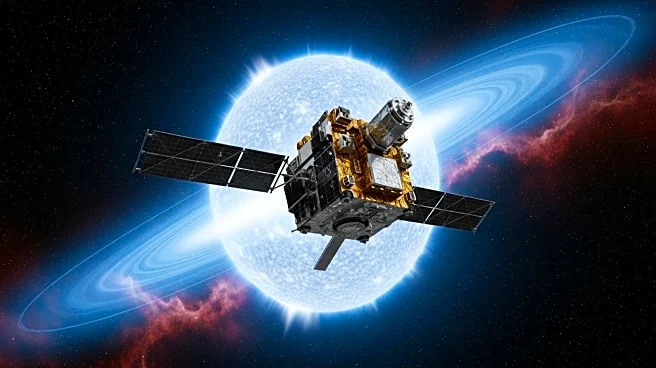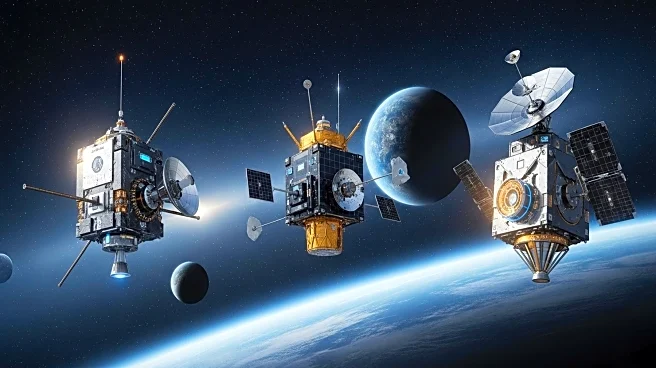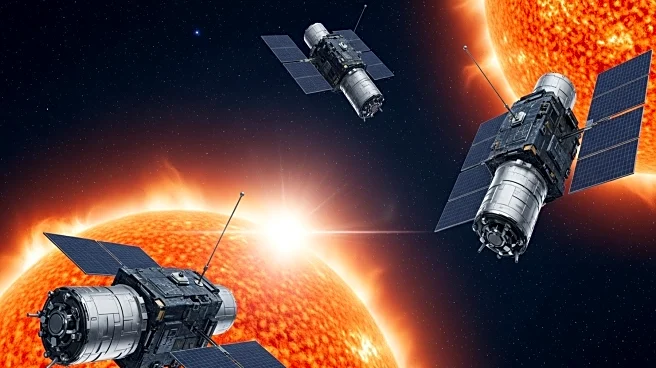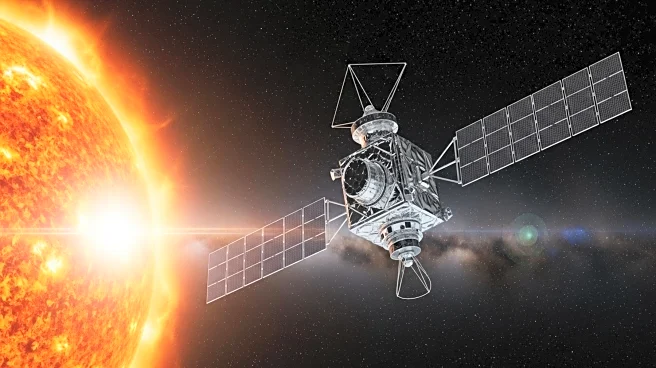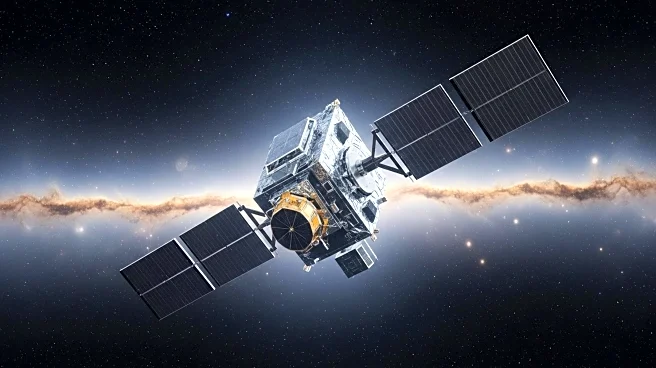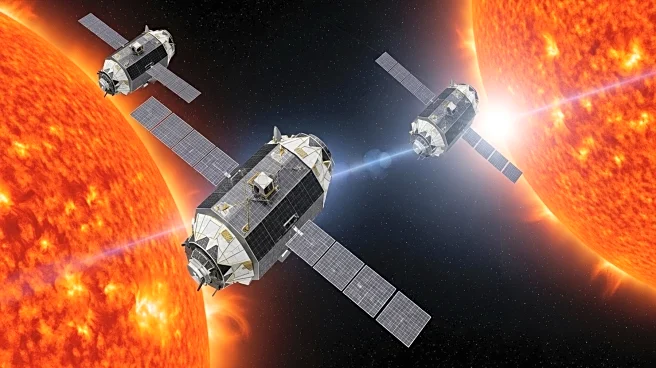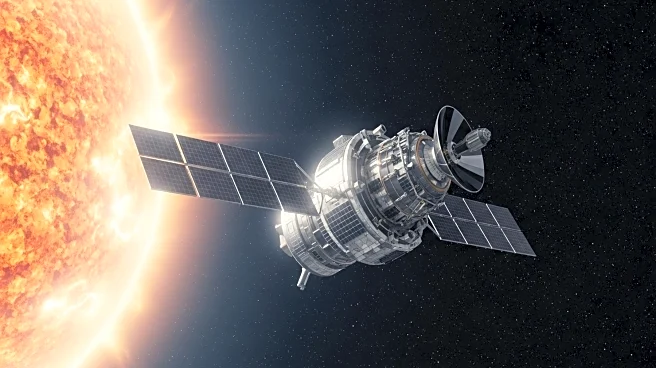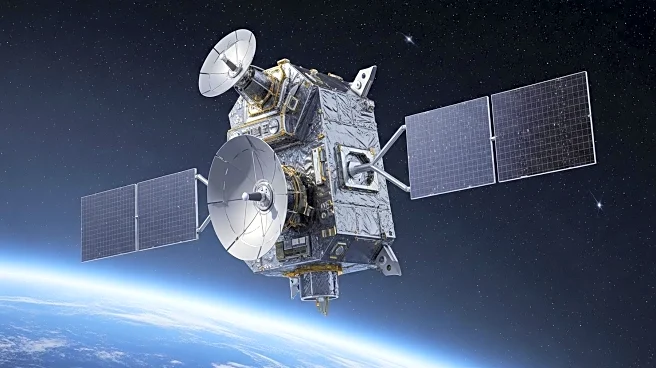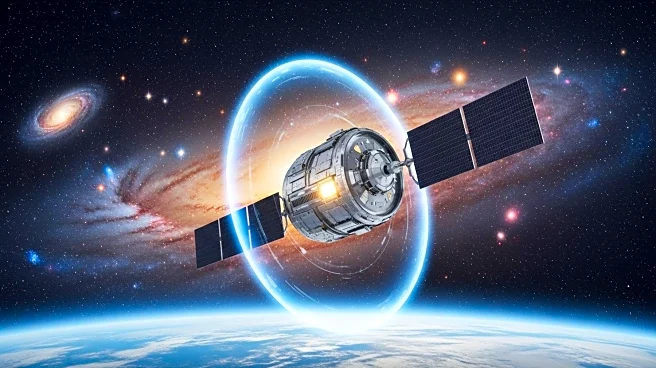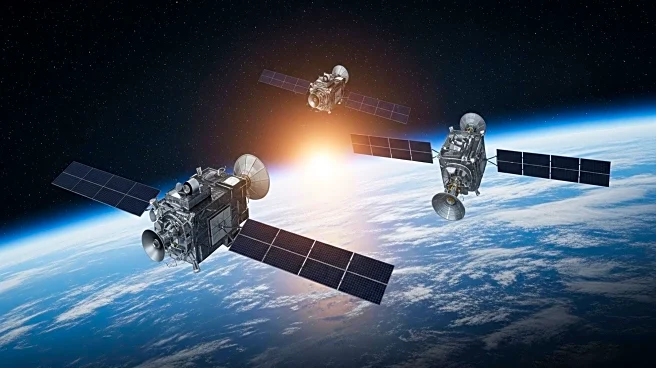What's Happening?
NASA is preparing to launch space probes as part of the Interstellar Mapping and Acceleration Probe (IMAP) program to study the heliosphere, an invisible shield of charged particles from the sun that protects the solar system. The mission involves three spacecraft being launched to a location called L1 in deep space, approximately 1 million miles from Earth. These probes will track solar activity and measure the energy and velocity of charged particles streaming from the sun, providing insights into how the heliosphere interacts with the interstellar medium and affects solar storms.
Why It's Important?
Understanding the heliosphere is crucial for predicting and mitigating the effects of solar storms on Earth. The data collected by the IMAP mission will enhance the ability to protect satellites and technology from solar activity, potentially offering a 30-minute warning before solar storms impact Earth. This research is vital for maintaining the integrity of communication systems, power grids, and other technologies reliant on satellite operations. The mission also contributes to broader scientific knowledge about the solar system's boundaries and its interaction with interstellar space.
What's Next?
The IMAP mission will continue to gather data on solar activity and the heliosphere's dynamics. The National Oceanic and Atmospheric Administration's new space weather satellite will provide continuous monitoring, offering real-time data to scientists and stakeholders. This ongoing research may lead to improved forecasting models for solar storms, enhancing preparedness and response strategies for potential disruptions caused by space weather.
Beyond the Headlines
The IMAP mission highlights the collaborative efforts between NASA and other agencies like NOAA in advancing space weather research. The development of instruments, such as the imager built at the University of New Hampshire, underscores the role of local scientific communities in contributing to national and international space exploration initiatives. This mission may also inspire future research into the heliosphere's role in shielding the solar system from cosmic radiation.

